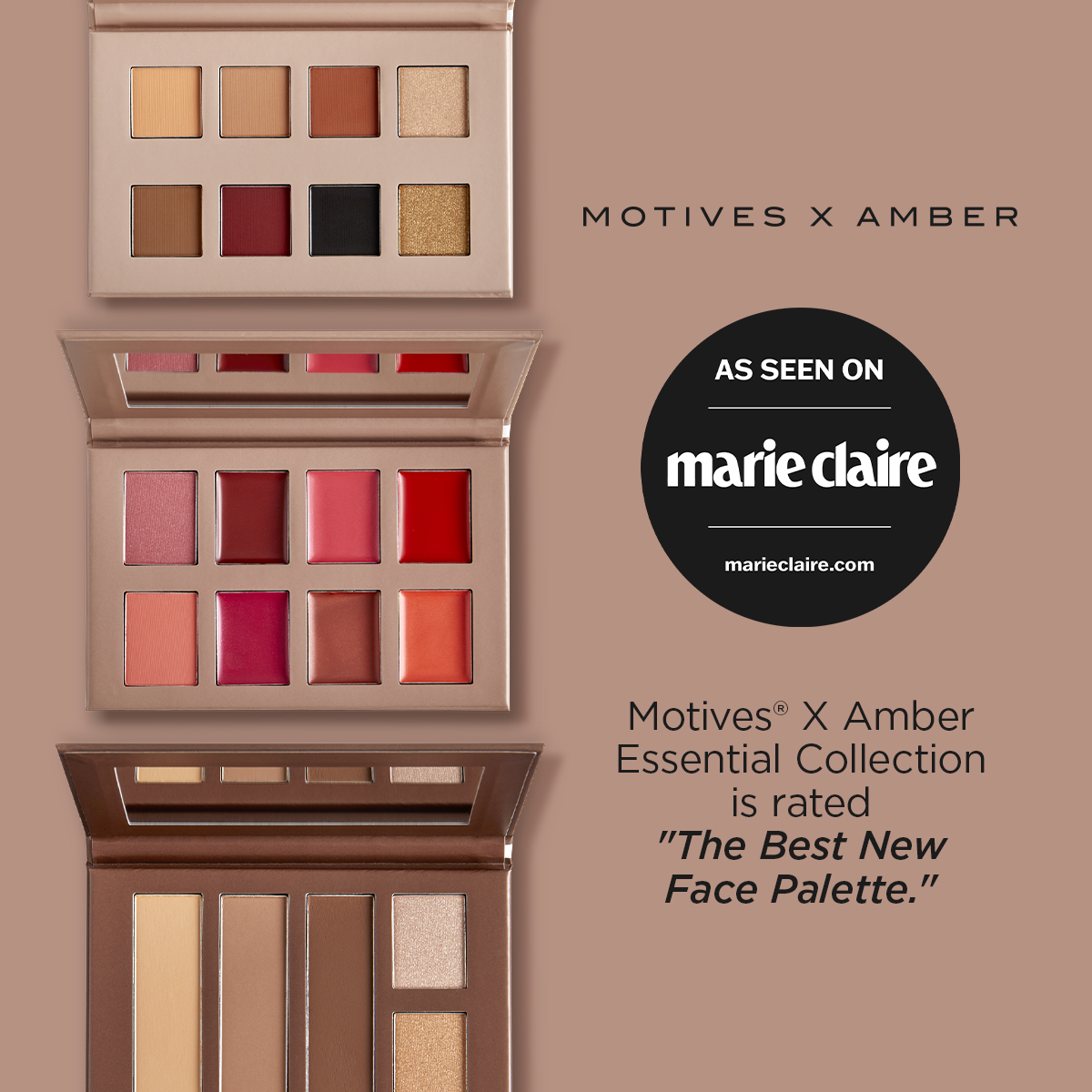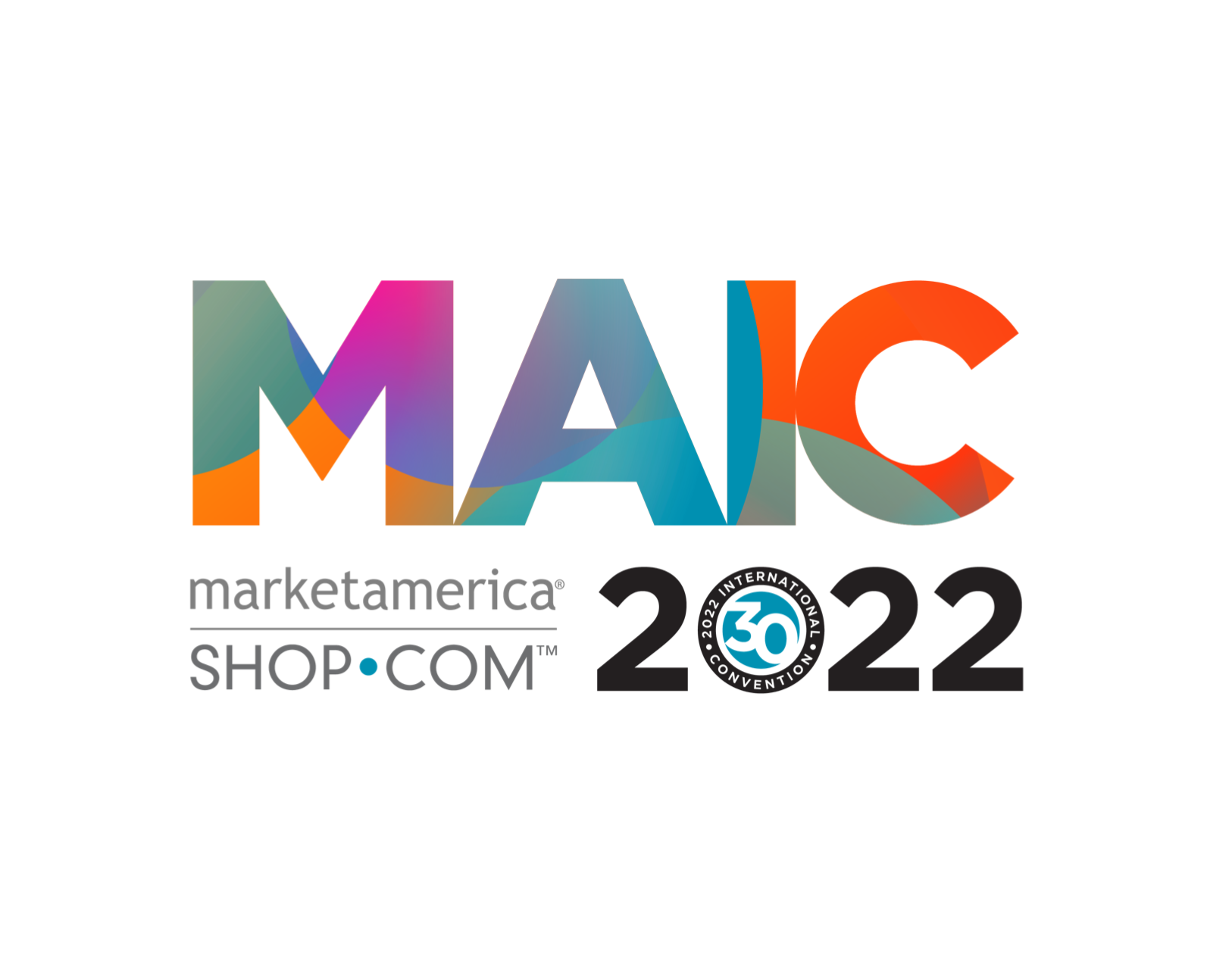VR/AR in the Beauty Industry is slowly but surely becoming the new normal: virtual bloggers and influencers, AR makeup and outfits, client consultation with the help of AR, personalized offers, and a list goes on. The constant chase for innovation is driving the emergence of new technologies in the beauty industry. Some of them are already implemented by the biggest companies. Let’s take a look at the biggest digital trends in the beauty industry.
- Technological Advancement in the Beauty Industry
She’s 21 years old and has more than 20,000 followers on Instagram: Kenna posts photos of her skiing, taking a walk, or wearing makeup. The snag is that Kenna isn’t real: She’s artificially designed by a computer. The avatar behind her is a worldwide company with decorative cosmetics offerings. The beauty industry has long had new technology and trends. While Kenna presents the latest products on Instagram as a virtual opinion leader, other major cosmetics companies are also creating their technology divisions. Although makeup avatar has now taken a creative break, it shows just how much movement is happening in the beauty world right now.
Today many beauty retailers are looking towards AR and VR implementations. Here is why.
At the largest technology show, the Consumer Electronics Show in Las Vegas, new cosmetic technologies occupy entire halls. In the hardware sector, for example, the American company Coty unveiled a smart mirror this January that, among other things, projects various hairstyles onto the customer’s head. Stylists should also have access to the smart mirror and be able to advise their clients remotely. At the show, Procter & Gamble, an American multinational consumer goods corporation, unveiled a smart makeup printer that analyzes customer’s skin and directly determines the need for a cosmetic primer. Korean company Amore Pacific developed a 3D printer for face masks. A smartphone app calculates the exact size and needs of the client and sends the data to the printing system.
- AR and VR Innovations
VR software development is no longer about expensive devices at the factories. To attract potential customers, companies are promoting smartphones. Augmented reality and virtual reality are on the rise, especially in the area of personalized tips.
The popular AR feature was best known for the success of the social media app Snapchat. The app allows users to dramatically change their appearance with a variety of filters. Virtual changes could include white teeth, a glowing complexion, sunglasses, or freckles: thanks to augmented reality, various effects can be displayed on the face.
Meanwhile, many apps apply virtual makeup, lipstick, and hairstyles to their users using the camera. If you like the product, you can purchase it online in just a few clicks.
Modiface is one startup that has already introduced its AR technology to several companies. The Canadian startup was taken over by cosmetics giant L’Oréal in 2018 and has since been widely used in the “try before you buy” realm. AI algorithms use extensive databases of thousands of photos and learn to recognize facial features such as eyes, lips, and nose. Motives Cosmetics recently launched their TRY ME experience on their site as well so you can experience products before making a purchase.
- Personalized Products Come First
Technology is changing the beauty industry in a big way right now. Augmented reality services based on artificial intelligence are playing a very important role in this. These technologies allow looking at beauty products in a new way.
Digital tools such as AR or VR are becoming increasingly important, including in the beauty industry. Covid-19 and, as a result of it, the problem of traditional retail sales are increasing the demand and need for digital solutions. Since beauty products are highly dependent on the personal preferences of the customers, personalization is at the forefront for many companies.
Customer demand and expectations in this area are growing rapidly; digital tools will be an important part of that journey. Customers increasingly want products that meet their specific needs. Artificial intelligence is already being used here. Some manufacturers offer extensive AR tests on their websites, this leads to the development of a personalized product. L’Oréal is currently working on a new service where customers can take photos of their outfits and then receive makeup suggestions based on artificial intelligence.
Some beauty companies launching AR solutions that will allow customers to design customized products. The trend to design and test beauty products in virtual reality has grown in social media and spawned many innovations. Today many AR solutions allow virtually test many products from nail polish to lip gloss.
To Wrap It Up
Several times a year, major corporations bring brand new product lines of their brands to market. This is the only way for companies to stand out from the broader competition. To better understand their customers, the industry increasingly relies on data processing. Using membership cards, online store cookies, or a relevant AR/VR app, customers preferences can be recorded much more easily than they were a few years ago. Only those who know exactly what consumers want and need can successfully reach them with the right, personalized products and services. Generation Z demands grow more and more. In fact, beauty trends show that testing beauty products at home is a growing trend. In the next few years a simple AR/VR app will eliminate the need to visit a beauty store.
Author’s BIO: Louis Sawyer is a professional writer, editor and a web design expert. She loves writing about technology trends, web development, mobile games and business issues. Also, Louis works as a proofreader at Computools. Follow Louis on Twitter.






